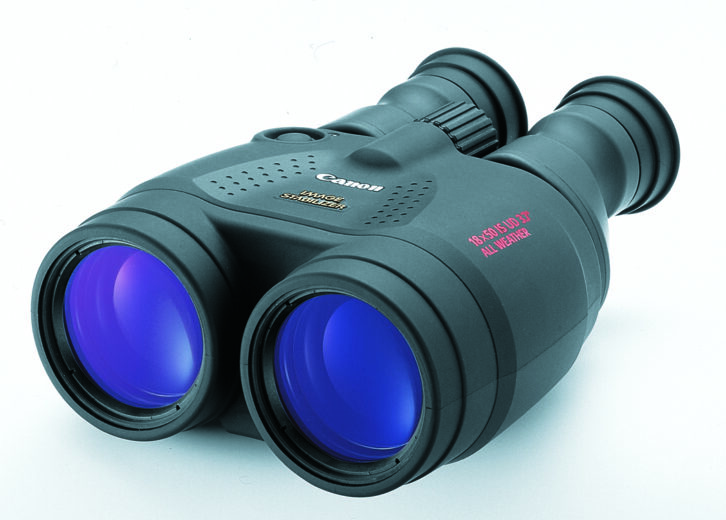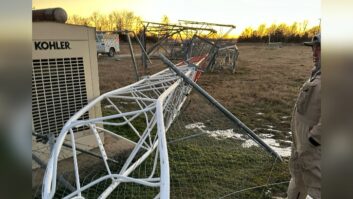Have you ever suspected antenna failure or lightning damage to a coax cable, and paid a tower crew to go up to take a “look-see”? They climb up, take pictures, come down and give you a report. Only then can you obtain the items needed for repair (assuming your crew even found a problem). Then they come back to fix the issue. Not cheap at all. Or maybe you’ve paid someone to deploy a drone for the same purpose.
Here is an alternative that in certain cases may help you avoid paying for that first costly inspection.
I’m sure you’ve seen high-powered telescopes and binoculars. But most of them have a limitation: The greater the optical power, the harder it is to keep the image steady enough to scrutinize what you see. You’ve also seen news cameras using high magnification that have a telltale picture shake because the lens is “stretched out.” Or maybe you’ve tried to view something on the ground from a helicopter using binoculars; it’s hard because of the shake at high magnification.
Image-stabilized binoculars can overcome these issues and give you a really close look at what’s happening up there on your tower.
I’ve been using a set of Canon 18×50 stabilized binoculars. Their mechanical devices compensate for hand tremors and shift the inside prisms to give a rock-steady view even at 18 times magnification. 
According to Canon, the 18×50 IS model is “great for big-game hunters, spectators of extremely distant sports such as surfing or extreme skiing, or anyone hankering for incredible pulling power that can actually be enjoyed without the use of a tripod.”
[Check Out More of Radio World’s Tech Tips]
My uses are more prosaic, but practical.
I inspected a translator antenna 250 feet up, as described in a previous column, and I could actually see the gamma match ribbon blowing in the wind.
I’ve spotted lightning damage on coax cable 290 feet up.
I discovered that bolts were missing on the upper portion of a 350-foot tower.
I was able to see that a rigger had installed a dipole with the wrong end down; that was at 400 feet.
After a bad ice storm my super-glasses revealed that 1/2-inch coax had been pulled from the base of a fiberglass whip 420 feet up.
All this without having to spend a dime for a tower crew just to look.
Also, there are camera mounts available that will hold your cell phone to the eyepiece. So in the case of that dipole, I was able to document conclusively that the installation had been botched.
These glasses are not cheap; they cost around $1,500. In my case they’ve paid for themselves; but lower-powered versions are almost as effective and cost less than half as much.
The glasses use two AA batteries and only activate when you press a button near your right index finger. The best results are obtained when you go some distance from the tower and look at it from different angles.
The design is water resistant. The manufacturer notes that “extended periods of observation are best enjoyed with some form of support,” so it does provide a tripod socket. Also, if you’ll be using your binoculars in very cold weather, Canon recommends you use lithium batteries instead of alkaline.
The glasses are threaded for 58 mm filters such as polarizers for use around water. Canon adds that for extremely bright or humid conditions you can use a pair of 58 mm lens hoods to help shield the objective lenses from dew and stray light, improving contrast.
You can find Canon stabilized binoculars on Amazon. The B&H Photo site also carries them and helpfully lists useful accessories including tripod, heavy-duty harness strap and a smartphone “digiscoping” adapter.
Happy zooming!
RW welcomes your Tech Tips, email us at [email protected].











